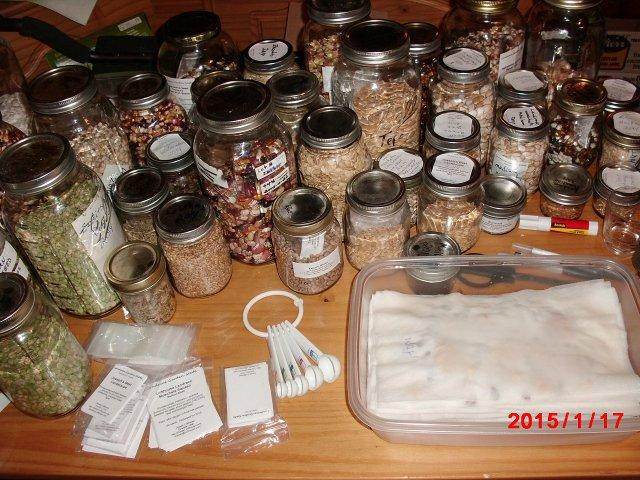




Lina
https://catsandcardamom.com
 1
1




Dave's SKIP BB's / Welcome to Permies! / Permaculture Resources / Dave's Boot Adventures & Longview Projects














 1
1




Homesteading in Central Virginia
Our Website
 1
1




Charles Kleff wrote: The problem is that at a certain point it becomes far more cost effective to grow your own organic food than it does to buy it.
"You must be the change you want to see in the world." "First they ignore you, then they laugh at you, then they fight you, then you win." --Mahatma Gandhi
"Preach the Gospel always, and if necessary, use words." --Francis of Assisi.
"Family farms work when the whole family works the farm." -- Adam Klaus




Lina
https://catsandcardamom.com




Lina Joana wrote:Growing your own food is certainly a good solution - if you have the land. I guess I was thinking more of apartment dwellers in cities who - though they might get a 4 by 4 plot in a community garden - are unlikely to be able to grow all their own veggies, much less keep animals.
The regulations are interesting. Finding away to ensure reasonable safety and cleanliness while keeping costs low is going to be an important part of the puzzle, I can see that.
Homesteading in Central Virginia
Our Website

 1
1




List of Bryant RedHawk's Epic Soil Series Threads We love visitors, that's why we live in a secluded cabin deep in the woods. "Buzzard's Roost (Asnikiye Heca) Farm." Promoting permaculture to save our planet.

 2
2










Come join me at www.peacockorchard.com

|
PI day is 3.14 (march 14th) and is also einstein's birthday. And this is merely a tiny ad:
Homestead Pigs Course
https://permies.com/wiki/365748/Homestead-Pigs
|




